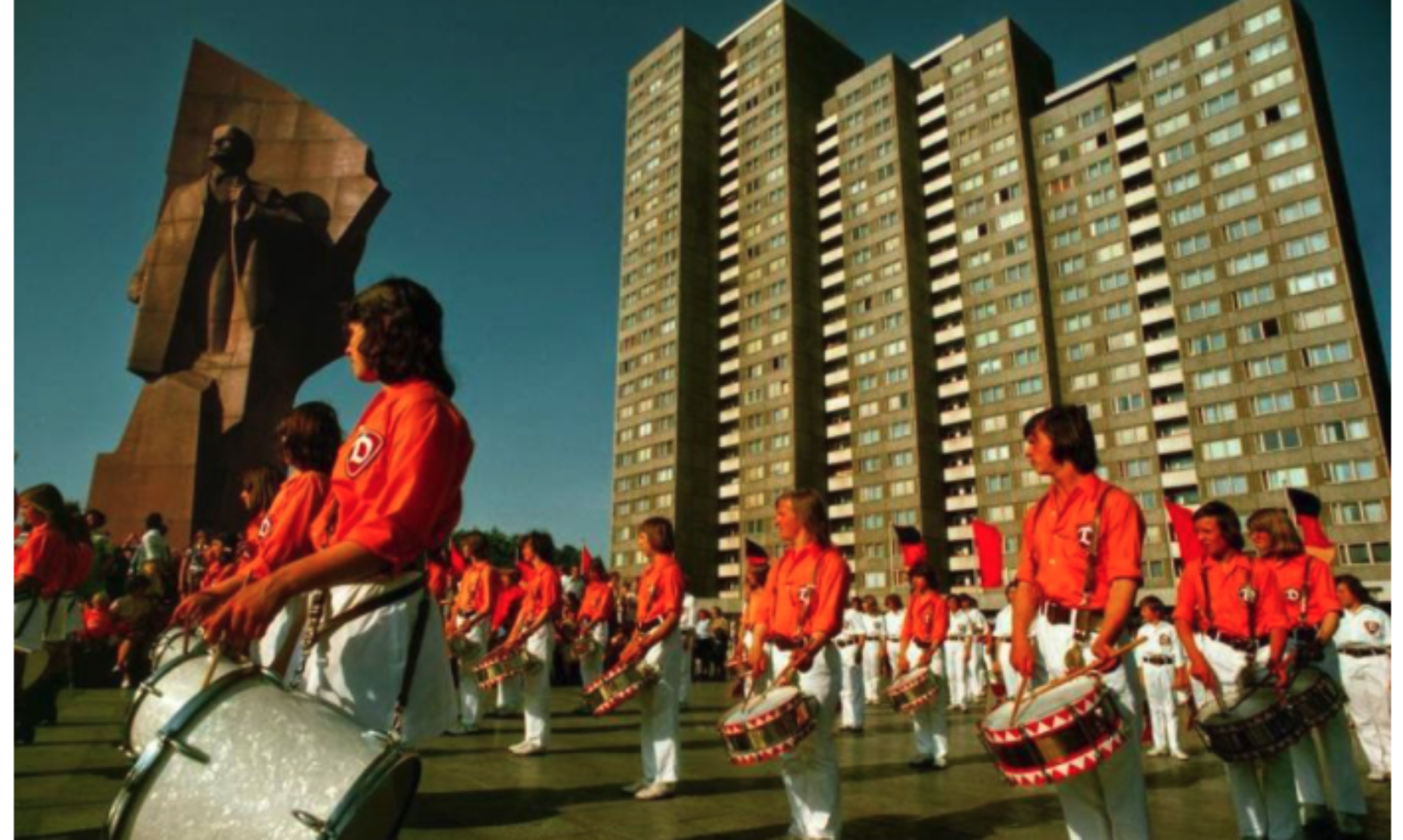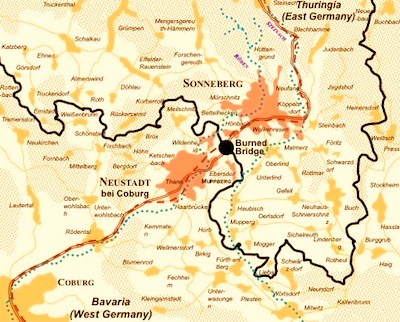In Chapter 7 of Sheffer’s book, the actions of the Stasi showed numerous attempts to create a network of information and surveillance, resulting in multiple failures, financial loss, and much less intelligence gathering than they’d hoped. This reflects the entirety of the Eastern German operations of retaining its citizens, but also the will with which people wanted to flee. While we’ve previously read that Action Vermin and other operations had created an environment of fear and silence within Eastern Germany, this new narrative contrasts this and how “easily” people were still able to cross the border. Despite the East German government’s attempts to positively reinforce their regime and lifestyles, it becomes clear by the end that such a tactic simply would not work.
Sheffer’s records that many of the people that worked for the Stasi simply stopped replying without consequences emphasizes the lack of power that the agency had, and the ability with which people could manipulate its systems. The tactic of trying to utilize people that had already wanted to defect or done so successfully clearly does not go well, with the government agencies realizing that they had to stick with clear force. The continued failures to maintain communication for East German intelligence meant changing tactics and adapting to their conditions, resulting in more hostile and tense actions throughout the Cold War.
As I read the book, I kept coming back to the original question of community policing – citizens were expected to and willingly spied on their neighbors, recruited to be paid for working with the Stasi, and were rewarded for their actions; was it simply monetary gain for most citizens to give intelligence, or did they believe in the regime and its ideology? While Sheffer noted that much of the information was mundane, did it provide any insight into their tactics and how to create control within communities? Were citizens aware of the high presence of Stasi affiliates, or did they just feel the eyes on them?

